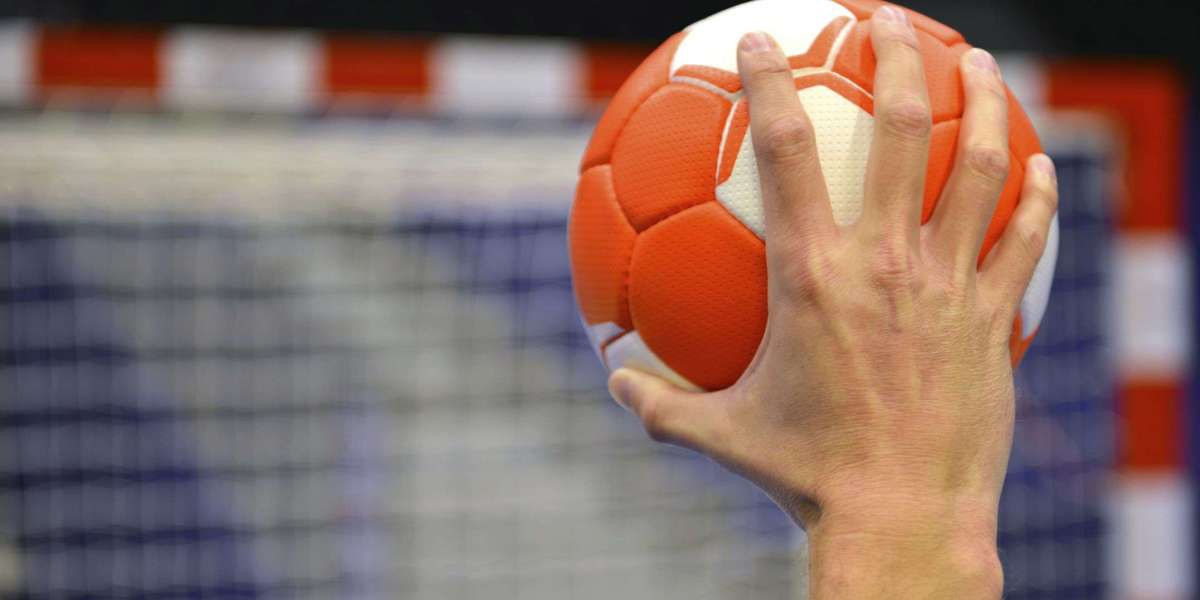Handball, also known as team handball or Olympic handball, is a dynamic, high-energy sport played by two teams of seven players each (six court players and a goalkeeper). Combining elements of basketball, soccer, and netball, handball is a thrilling indoor sport nouvelles that emphasizes teamwork, agility, and lightning-fast decision-making.
Origins and Evolution
The modern game of handball originated in Europe in the late 19th century, although similar games were played in ancient Greece and medieval France. The rules of the contemporary sport were formalized in Denmark, Germany, and Sweden in the early 20th century. Handball made its Olympic debut for men in 1936 and was reintroduced permanently in 1972. Women’s handball joined the Olympic program in 1976.
Today, handball is particularly popular in Europe, where countries like France, Denmark, Germany, and Norway are global powerhouses. The International Handball Federation (IHF) governs the sport worldwide.
Rules of the Game
A standard handball match consists of two 30-minute halves with a 10–15 minute halftime break. The objective is simple: score more goals than the opponent by throwing the ball into the opposing team's goal.
Key rules include:
Players can take up to three steps while holding the ball and must either pass, shoot, or dribble.
Physical contact is allowed, but it must be within specific limits—defenders can block, but not hold or hit opponents.
The goalkeeper is the only player allowed to use their feet, and only within the goal area.
The Court and Equipment
Court Size: 40 meters long and 20 meters wide.
Goal Size: 3 meters wide by 2 meters high.
Ball: Varies in size based on gender and age, but generally smaller and easier to grip than a soccer ball.
Goal Area: A D-shaped zone in front of each goal that only the goalkeeper may occupy.
Skills and Strategy
Handball is a game that demands a combination of physical and mental prowess. Key skills include:
Passing and Shooting: Precision and speed are crucial to break through defenses.
Dribbling: Although not used as much as in basketball, it helps in maneuvering around defenders.
Tactical Awareness: Teams use structured attacks, fast breaks, and coordinated defensive systems.
Goalkeeping: A specialized role requiring quick reflexes, anticipation, and agility.
Popularity and Competitions
Handball enjoys immense popularity in Europe, with major professional leagues in countries like Germany (Bundesliga), France, and Spain. Internationally, the IHF World Championships and the Olympic Games are the sport's most prestigious events.
The European Handball Federation (EHF) Champions League is the top-tier club competition, drawing large crowds and television audiences.
Conclusion
Handball is a captivating sport that blends athleticism, teamwork, and strategy. Whether you're a player on the court or a spectator in the stands, handball offers an adrenaline-filled experience that keeps hearts racing from the first whistle to the final goal. With its global reach continuing to grow, handball is truly a sport for the modern age.








